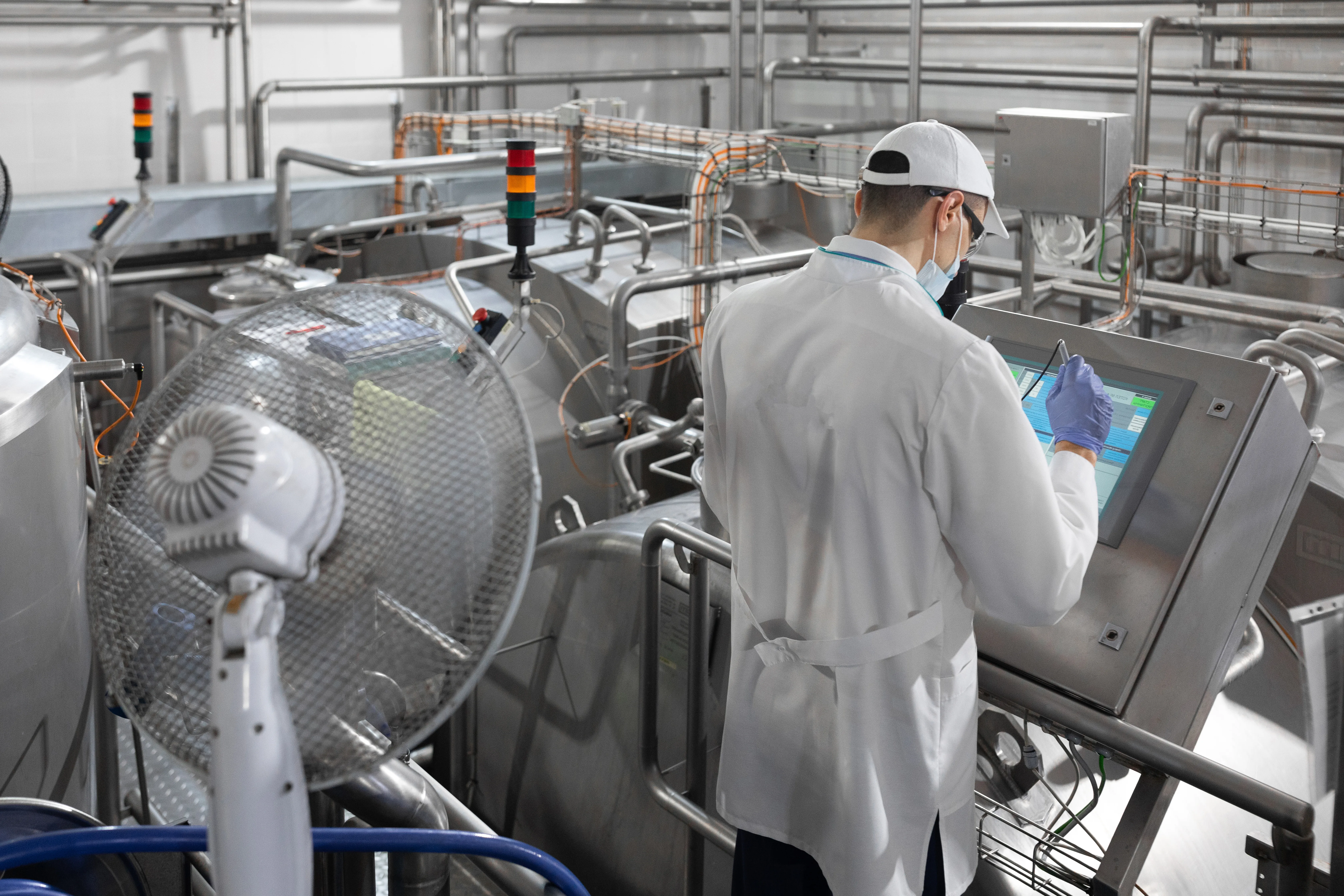1364

Prebiotics and probiotics have long dominated conversations about gut health, but postbiotics are rapidly gaining ground in this field. Gut health has evolved from a topic discussed primarily in medical circles to one popular among the general public, thanks to increasing awareness of the power of the gut microbiome.
Prebiotics in Foods
Prebiotics are compounds that support beneficial microorganisms or "good" bacteria in the gut (gastrointestinal tract). These dietary prebiotics are typically indigestible fiber compounds that pass through the upper part of the gastrointestinal tract undigested, supporting the growth of beneficial bacteria in the colon. Prebiotics were first identified and named by academic researcher Marcel Roberfroid in 1995. They can be found in a variety of foods, including almonds, bananas, whole wheat, corn, rye, barley, and flaxseeds.
Probiotics in Foods
Probiotics are live microorganisms often described as helpful or "good" bacteria because they help maintain a healthy gut. Probiotics are available in foods like live yogurt. The first probiotic, Lactobacillus bulgaricus, was discovered by Bulgarian physician and microbiologist Stamen Grigorov in 1905.
What Are Postbiotics?
Postbiotics, also known as metabiotics, biogenics, or metabolites, are a byproduct produced when the body digests prebiotics and probiotics. Healthy postbiotics include nutrients like B and K vitamins and amino acids. Postbiotics also produce antimicrobial peptides known as host defense peptides because they help slow the growth of harmful bacteria.
"Postbiotics are substances produced by gut microbes that have a beneficial effect on the body, either directly or indirectly," Fiona Brannigan, a dietitian and founder of Inspirit Nutrition and Dietetic Consultancy, told FoodNavigator. "Postbiotics have been shown to improve gut integrity and reduce inflammation and may help treat obesity, type 2 diabetes, cardiovascular diseases, and neurological conditions."
Moreover, since postbiotics do not contain live organisms, they are generally considered safer than probiotics for people with weakened immune systems. "There are concerns about introducing live microorganisms into the body for those at either end of the life cycle or those who are immunocompromised," Brannigan explains.
How to Increase Postbiotics in the Gut
There are several ways to increase postbiotics in the gut, the first being to consume foods rich in prebiotics and probiotics. "By eating more foods rich in prebiotics and probiotics, the bacteria in the gut will produce more postbiotics," said Tami Best, a functional and integrative dietitian at Top Nutrition Coaching, to FoodNavigator. Foods rich in prebiotics include garlic, leeks, asparagus, artichokes, legumes, peas, dandelion greens, bananas, honey, and prebiotic drinks. Foods rich in probiotics include non-heat-treated fermented vegetables, tempeh, miso, certain dairy and non-dairy yogurts, and probiotic drinks.
Postbiotics can also be formed through the fermentation process. Foods like sauerkraut, soft cheeses, fermented bread, and buttermilk are all sources of postbiotics and are easily accessible to consumers. Additionally, there is the option to take postbiotics as supplements. "Postbiotics can be taken in the form of sodium butyrate or calcium butyrate supplements," Best explains.
How Food Producers Can Get Involved in Developing the Postbiotic Market
The growing awareness of the microbiome and its fundamental role in human body function is driving a huge increase in demand for gut-friendly products. Postbiotics already exist in certain foods, but can food producers further increase the availability of postbiotics for consumers?
One way dietitians and health professionals believe postbiotics can be maximized in foods is by eliminating ultra-processing. While there is much speculation about the health implications of consuming ultra-processed foods, it is known that some food processing methods can strip nutrients from ingredients. "Producers can help people by using whole, unprocessed foods and omitting highly processed flours and oils," says Best from Top Nutrition Coaching.
Increasing the availability of nutrient-rich ingredients in food products is another way the food industry could help consumers enhance the availability of pre, pro, and postbiotics in their food. "I think the food industry has a role to play in increasing the diversity of plant foods offered and used," says Brannigan from Inspirit Nutrition and Dietetic Consultancy. "By increasing diversity, we help promote gut health and increase fiber."
What Is the Gut Microbiome?
Each of us has trillions of microbes or bacteria living in our gut. These are collectively referred to as the gut microbiome. The two most common species of beneficial bacteria found in our gut microbiome are Lactobacillus and Bifidobacteria. Maintaining a healthy balance between beneficial (good) and non-beneficial (bad) bacteria is crucial for supporting a healthy digestive system, with the gut now understood to be essential for overall health, containing more than 70% of our immune system.
The gut microbiome has been linked not only to gut health but also to the health of the entire body. The gut-brain axis, or the communication between the gut and the brain, is a fundamental function currently being researched by scientists and gaining wide recognition among consumers. The gut-skin axis and the gut-liver axis are two other connections that are beginning to be studied and understood. Additionally, gut health has also been linked to the prevention of colorectal cancer and other chronic diseases. (Photo: Freepik)





